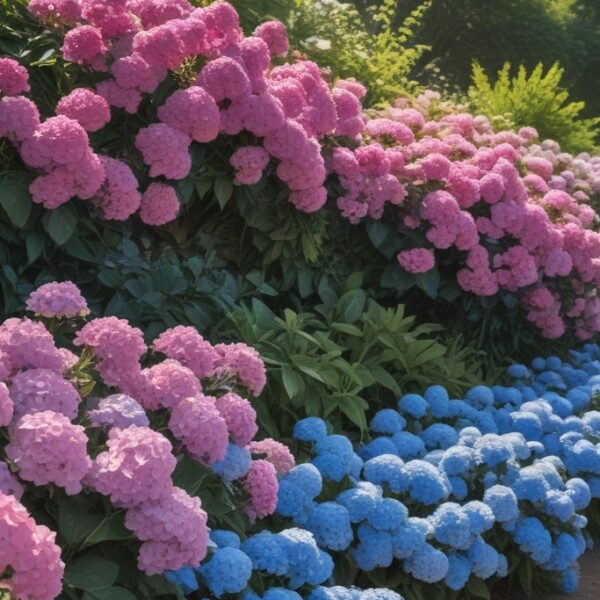
How to Get Hydrangeas to Bloom: A Comprehensive Guide
Hydrangeas are beloved for their stunning, voluminous blooms that can add a touch of elegance to any garden. However, getting these beautiful flowers to bloom can sometimes be a challenge. Whether you’re a seasoned gardener or a novice, understanding the specific needs of hydrangeas is crucial for encouraging their vibrant blossoms. This guide will walk you through the essential steps to ensure your hydrangeas bloom to their fullest potential. Hydrangeas are known for their large, colorful flower heads, which can range from blue and pink to white and purple. The blooming process of hydrangeas can be influenced by several factors, including the type of hydrangea, soil conditions, pruning practices, and overall plant care. Here’s a detailed look at how to get your hydrangeas to bloom successfully: Identify the Type of Hydrangea : The first step in encouraging blooms is to identify the type of hydrangea you have. The most common types include Bigleaf (Hydrangea macrophylla), Panicle (Hydrangea paniculata), Smooth (Hydrangea arborescens), and Oakleaf (Hydrangea quercifolia). Each type has different blooming habits and care requirements. Optimal Planting Location : Hydrangeas thrive in locations with morning sun and afternoon shade. Too much direct sunlight can scorch the leaves and inhibit blooming, while too much shade can result in fewer flowers.

